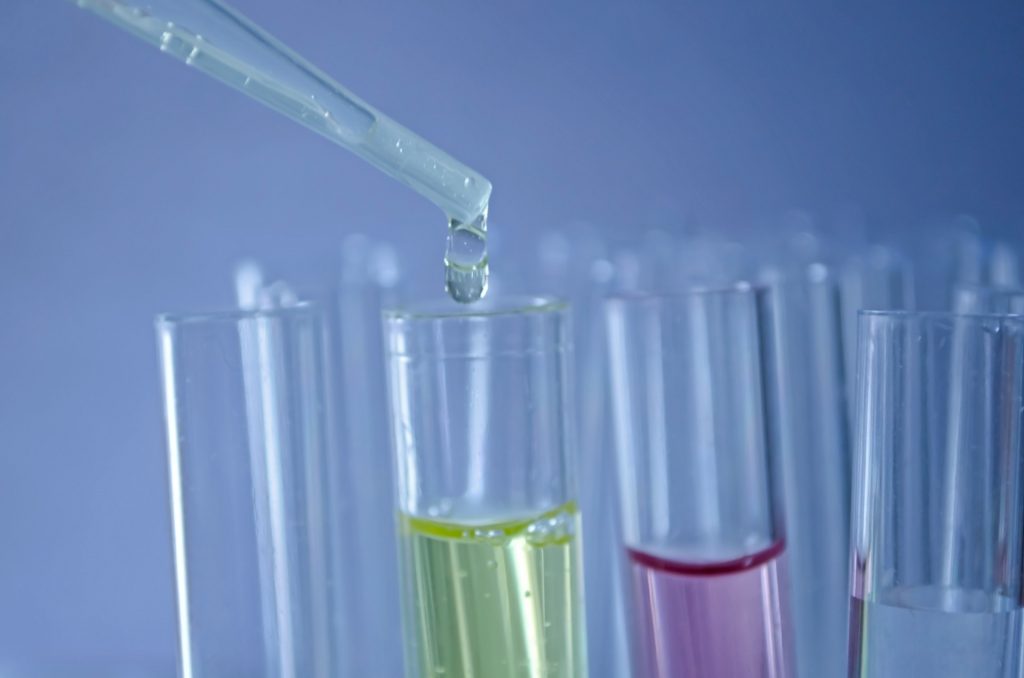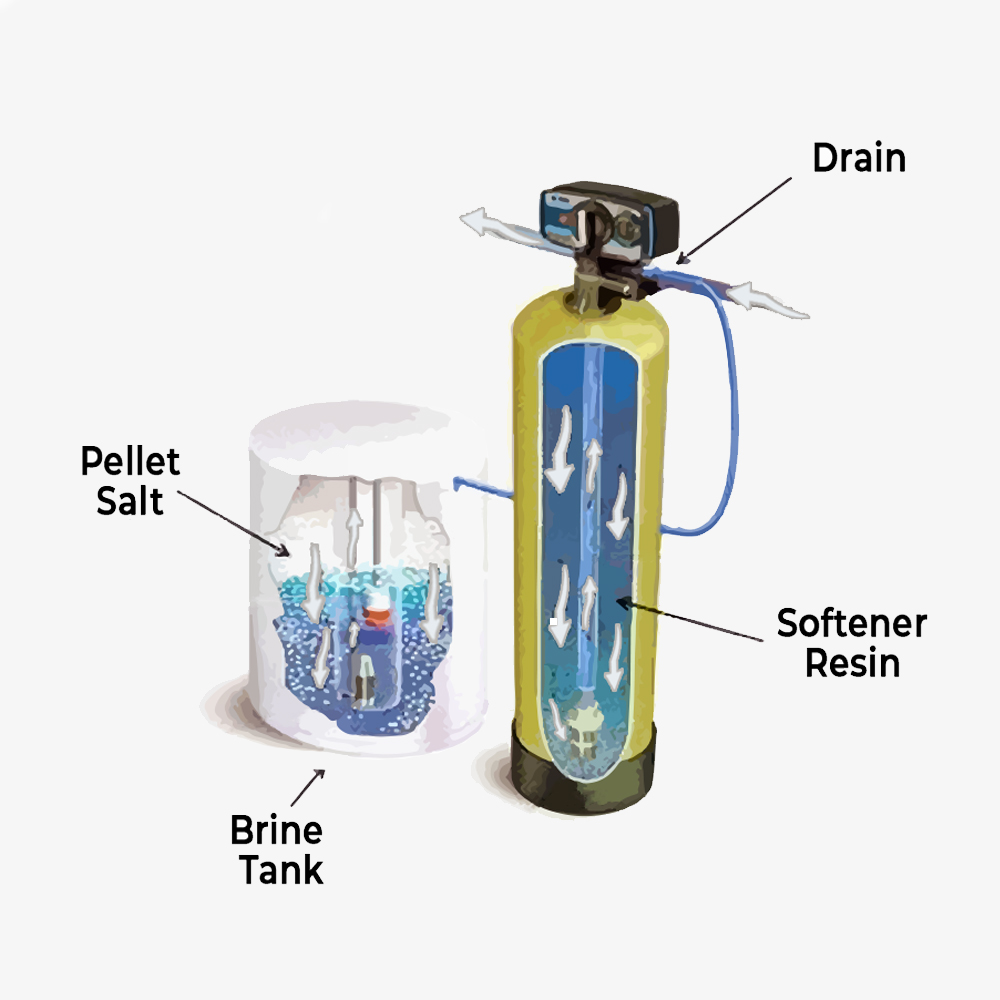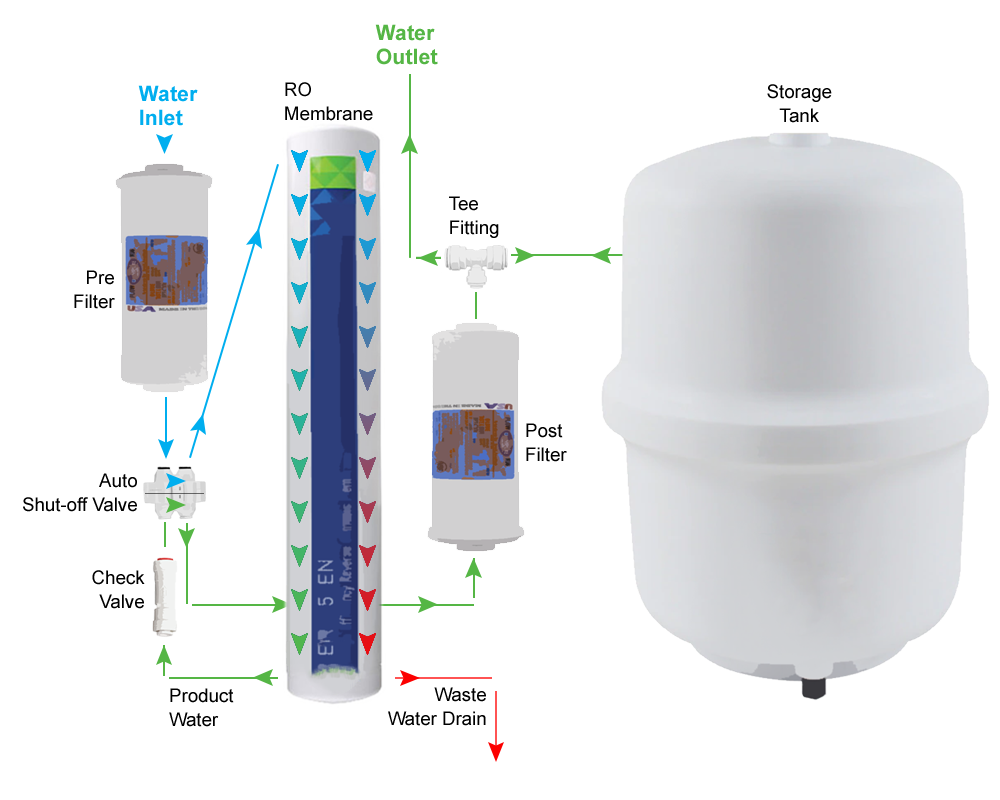Menu
Menu

Nitrates and Nitrites are compounds that occur naturally on the surface at levels that generally don’t pose health risks. However, these levels can be dangerously high in agricultural areas were fertilizers, such as herbicides and pesticides, animal waste, decomposition, and septic tank run-offs are found.
Because of their highly water-soluble nature, nitrates and nitrites can seep into the ground water making well water supplies vulnerable to contamination in the process. High levels of nitrates and nitrites in drinking water pose dangerous health concerns, increasing the possibility of contracting nitrate poisoning especially in infants and pregnant women.
Learn more about what the CDC says on Nitrate and Drinking Water from Private Wells.

Nitrates and nitrites are primarily a drinking water concern as opposed to a house water concern. According to the Water Quality Association (WQA) the maximum contaminant level before nitrates become a health concern is 10.0 mg/L. Our technicians are fully equipped and trained to test for nitrates and nitrites along with other contaminants in our field water test. Regular in-home water testing services are free of charge.
Nitrate System
For Whole House Water Treatment
Clean Stream Water’s high efficiency nitrate ion exchange systems have consistently proven to be our most effective treatment for nitrates and nitrites in homes, commercial, and agricultural applications for over 30 years.

Similar to water softeners, nitrate treatment systems use a mineral tank filled with special anion resin beads. As nitrate water flows into the control valve’s inlet, it is then channeled down through the tank’s resin beads. These resin beads are saturated with positively charge sodium cations.
Due to ionic exchange, the resin beads act as a magnet attracting the nitrate out of the water exchanging them for the sodium ions, delivering nitrate-free safe water through the control valve’s outlet.
Eventually the resin beads become saturated with nitrates. That is when the control valve fills the tank with a strong brine solution, which is stored in a separate brine tank. The sodium from the brine thank flushes the saturated resin tank, cleaning it and recharging the resin with sodium ions.
The control valve lets fresh water into the mineral tank to flush the brine carrying nitrates out the drain. The resin beads are regenerated and ready to be used again.
The electronic control valve at the top of the tank(s) “keeps track” of the gallons that it treats and uses. When it reaches a programmed number, it will automatically put itself through a 1½ hour regeneration process. This process happens between 12-2 am.
Reverse Osmosis System
Drinking Water System
Clean Stream Water’s Reverse Osmosis systems bring the purity to your water to a near 100% pure by filtering 99% of contaminants including nitrates and nitrates. Though RO membranes don’t filter out bacteria, we couple our systems with a small UV light as a final disinfection measure.

Water enters an inline pre-filter which is aimed to reduce sediment particles and/or chlorine.
Water is then forced through the RO’s semipermeable membrane, separating nitrates, lead, and other dissolved solids to a sub micron level. Impurities that stay behind and are flushed out to the drain as fresh water exits the RO membrane.
Water is then processed through a post-carbon filter, designed to improve taste and odor.
Because RO systems slowly produce pure water at 24 gal/day, a 4 gal. water storage tank is installed for on demand use.
If well water is the main supply, then a small UV light is installed for disinfection before water is dispensed out to a dedicated faucet and/or routed to a refrigerator/icemaker.
Maintenance requires changing the filters and UV bulb every year and every 5 years for the RO membrane.
Input your search keywords and press Enter.